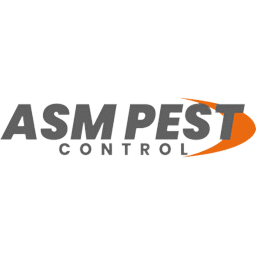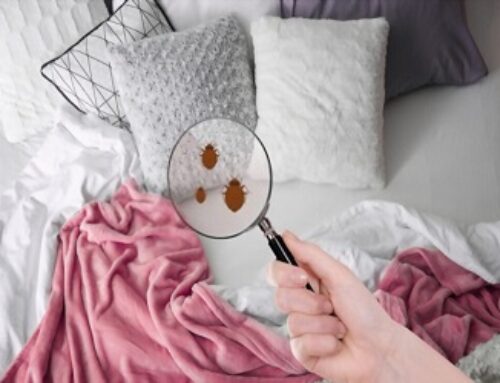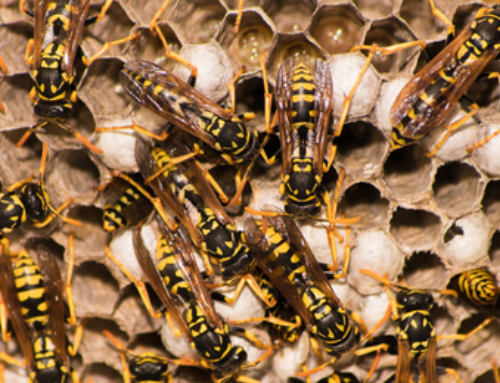Fleas are little, wingless insects that are about 2.5 mm in length. Their bodies are glossy and reddish-brown in color, coated in microscopic hair, and compressed to help them to glide through animal fur with ease. Fleas do not have wings, but they are able to jump great distances. It is typically easier to detect a fleas infestation in Surrey, but removing the population is far more challenging. Few of the major characteristics of fleas are:
- Color – dark brown to reddish brown in appearance.
- Body – hairy, skinny, and flat
- Adults have mouthparts that are used to extract blood from their hosts.
- Limbs – six long limbs
- Fleas don’t have wings, hence they can’t fly.
- Leap – able to jump long distances from one host to another
Individual fleas are difficult to kill by hand, and chemical treatment is usually required. Fleas have tiny, flat bodies that allow them to pass easily through an animal’s fur. Hair covers their bodies, which serves to anchor them to the host.
Fleas can often be seen moving through the fur of an afflicted pet. Reddened skin may be a sign of their presence.
Flea activity can be indicated by a variety of signs:
- Scratching by Pets –
Pets that scratch and groom themselves on a regular basis are a frequent sign. Because adult fleas feed on the blood of the pet, this is caused by the discomfort of flea activity. As a first step, observe your pet’s behavior:
- Examine your pet’s fur if he or she is scratching excessively.
- Infested animals have reddish skin and may lose their hair.
- Dogs – the most typical target is a dog’s hindquarters.
- Cats – especially their heads and necks – are frequently targeted
Fleas prefer to feed on animals with hair, such as dogs, rats, mice, cats
Rabbits, squirrels, domesticated animals and wild animals.
- Bite markings –
People may also be bitten, leaving itchy bite marks (a medical doctor can be consulted, since there are other sources of skin irritation beside fleas) and that could lead to confusion whether it’s a bite from a flea or a completely different reason.
- Fecal matter –
Flea filth, which is the feces of adult fleas, can also suggest activity of a fleas infestation in Surrey. Flea dirt has the appearance of coarse ground black pepper and can be found in pet beds, carpets, rugs, and other places where the animal host sleeps.
- Fleas that are adults –
Mature fleas receive the most attention because they are quite easy to spot in their adult state. Adult fleas are usually easy to find, especially when the homeowner and their dogs come home after a long trip or other period in which the resident flea adults were unable to feed on blood. When the homeowners arrive home, they are frequently greeted with fleas jumping about and attempting to settle on them and their pets.
- Flea Eggs –
Another problem is with flea eggs, larvae, and pupae. These stages are located in out-of-the-way places like:
- behind, under, or in furniture because they are much more secretive and less active.
- in the bedding of a pet
- floor cracks and grooves on the inside
- on carpeting
Conclusion:
Clean your home carefully and treat your pet using veterinarian-recommended remedies once you’ve discovered a fleas infestation in Surrey. It is necessary to wash linens and pet beds.
To explore specific pest control treatments and extermination choices for your home, contact a local pest control professional. To explore remedies and extermination alternatives tailored specifically for your indoor infestations, contact ASM Pest Control in Surrey.




